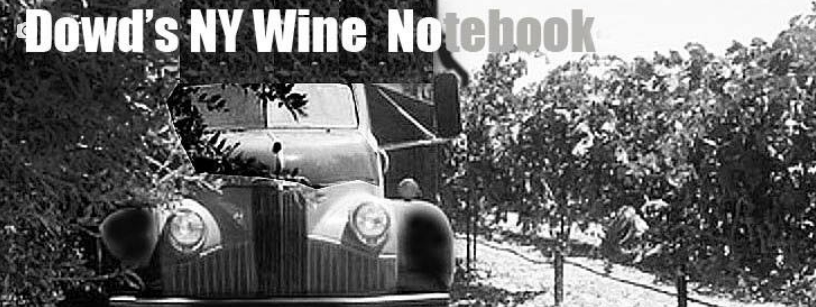 I recently wrote about a cooperative effort among five Long Island wineries to create their first rosé merlot. But, that co-op effort was predated by 12 years by the annual creation of a Finger Lakes co-op wine named Tierce. And, its latest iteration is about to be unveiled.
I recently wrote about a cooperative effort among five Long Island wineries to create their first rosé merlot. But, that co-op effort was predated by 12 years by the annual creation of a Finger Lakes co-op wine named Tierce. And, its latest iteration is about to be unveiled.The 2014 Tierce Dry Riesling will be unveiled at Fox Run Vineyards on Saturday, November 12, at a 7 to 9 p.m. event to be presided over by former lieutenant governor Bob Duffy who now is president of the Greater Rochester Chamber of Commerce.
Tierce achieved its greatest notoriety in January 2013 when it was the only white wine served at President Barack Obama's inaugural luncheon. (In a public relations coup for the state, a merlot from Long Island's Bedell Cellars was the only red served.)
Tierce usually is described as "3 vineyards, 3 winemakers, 1 wine," referring to the collaboration among Finger Lakes winemakers -- Peter Bell of Fox Run, Peter Becraft of Anthony Road), and Kelby Russell of Red Newt. Each made batches of dry Riesling from different vineyards, then put them through a series of taste trials to determine the final blend made up of equal parts from each winery.
In an interesting twist, guests at the debut will get to taste the three individual components before sampling the final 2014 Tierce blend which will retail at $30 per bottle. Tickets, priced at $45 per person, are available online. Fox Run Vineyards is located at 670 State Route 14 in Penn Yan, on the west shore of Seneca Lake.
















